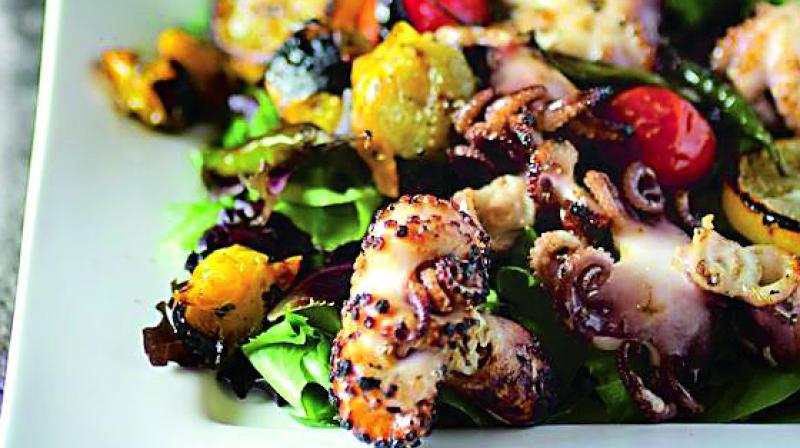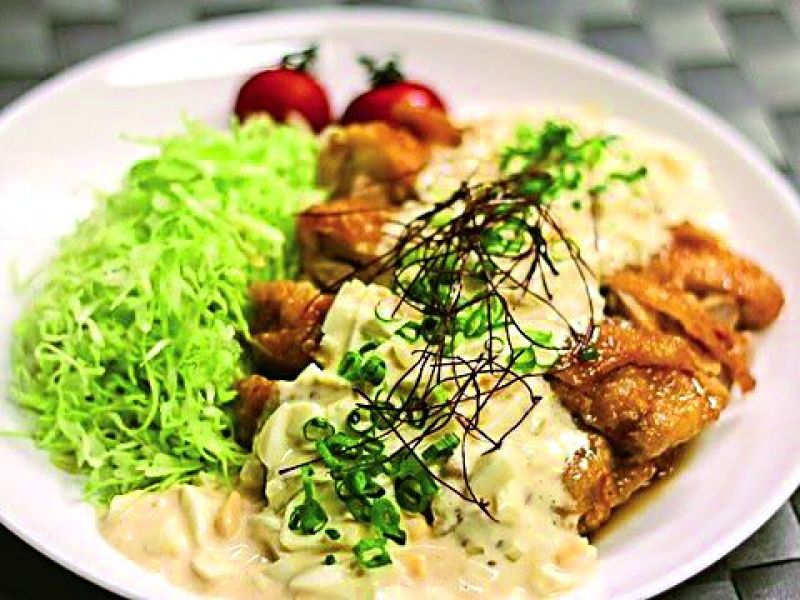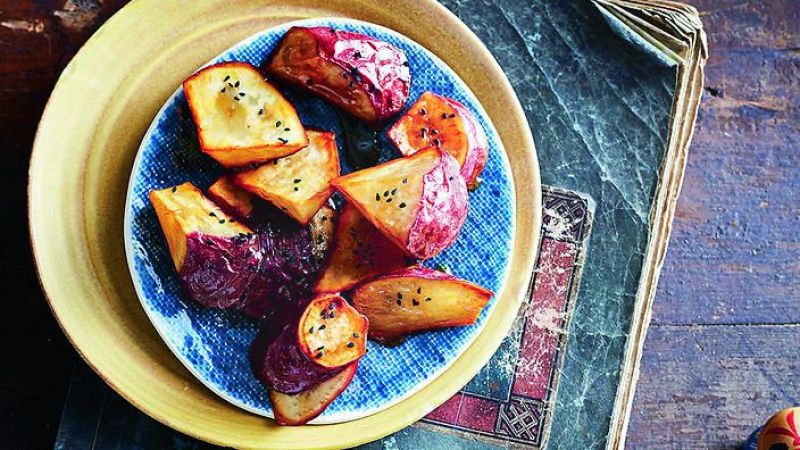The authentic Umami trail

Even though my career started in the south of France where I learned Provencal cuisine and French patisserie, it was Japanese cuisine that I was brought up with and consider soul food. All my time there, the French looked down on all countries except for Italy and Japan. After doing several years of craft with Mediterranean and Continental, it dawned on me that I have always had two cuisines in my DNA. There was the south Indian part of me and the other Japanese, thanks to my mother.
To understand the taste of a cuisine by virtue of your ethnic background has logically pulled me into this path. I decided not to go against the grain but instead embrace and grow in this area of expertise. And that is what has led me through a fruitfully enriched experience of Japanese cuisine. This is the cooking tradition of the cuisine that exudes umami, and I have tried to keep the dishes simple, but flavourful. Also something that can be easily rustled up in your kitchen.
Salmon, squid and octopus salad with Japanese influence
INGREDIENTS
Smoked salmon 200 gm
Boiled Octopus tentacles 2 pieces, approximately 200 gm
Boiled Squid (body only) 150 gm
Roasted red bell pepper ¼ piece
Roasted yellow red pepper ¼ piece
For the WASABI DRESSING
White vinegar (natural type preferred) 2 tbsp
Olive oil 150 ml
Soy sauce 2 tbsp
Wasabi paste 1 tsp
Chopped parsley 1 tbsp
Method
Slice salmon and boiled octopus diagonally into thin slices.
Scoop both sides of the squid in a diamond pattern, cut into thin slices diagonally and parboil briefly.
Slice olives into rings.
Flame roast the coloured peppers and put the roasted peppers in a bowl and cover. After 15 minutes, remove from bowl and rub the burnt skin off. Cut the coloured peppers into thin strips.
Mix ingredients for the dressing together, and make a nice emulsion.
Toss all the seafood, olives, roasted peppers and the wasabi dressing. Garnish with parley.
Chicken Nanban Style
INGREDIENTS
Chicken thigh boneless 750 gm
For the NANBAN MARINADE
Kombu dashi, 200 ml
Vinegar, 200 ml
Sugar, 2 tbsp
Mirin 3 tbsp
Soy sauce 4 tbsp
Red chilli pepper 1 no
Japanese leek 1 no
Onion ¼ no
Lime wedges 1 piece

Method
Wash the leeks and cut into one inch pieces, saute in a frying pan briefly.
Slice onions into julienne, slice red chilli into fine rings.
To make the NANBAN sauce, place the dashi and seasoning in a sauce pan, bring to a boil, add leeks, onions, red chilli pepper, lemon and remove from heat.
Cut chicken into 1 inch cubes, season with salt and pepper.
Dust chicken with flour, preheat to 170 degrees centigrade and deep fry.
Marinate hot chicken with the NANBAN sauce for six hours.
Candied sweet potatoes
INGREDIENTS
Sweet potatoes 750 gm
Sugar 90 gm
Water 2 tbsp
Soy sauce 2 tsp
Black sesame seeds 1 tsp

METHOD
Peel sweet potatoes and cut roughly into bite-sized pieces and soak in water.
Pat dry and deep fry at 170 degree centigrade until crispy and golden brown.
Place sugar, water and soy sauce in a pan and bring to a boil. It should be glossy and sticky. Add deep fried potatoes and sesame seeds and mix to coat. Serve.
The Tipster
The octopus has to be either boiled between 45 minutes to an hour or pressure cooked till soft.
The squid has to be cooked for less than two minutes followed by blanching in ice water to arrest the cooking any further.
Use a Japanese soy sauce or one that has a similar flavour profile.
Kombu dashi is the stock water from boiling a piece of kelp in water. If you do not have it, you can use katsu boshi (bonito fish stock)/fish broth or chicken stock (last option).
When using any form of sesame, I recommend you buy organic sesame seeds, whether white or black.
Recipes courtesy Chef Mako Ravindran, an expert in Japanese cuisine based in Bengaluru

